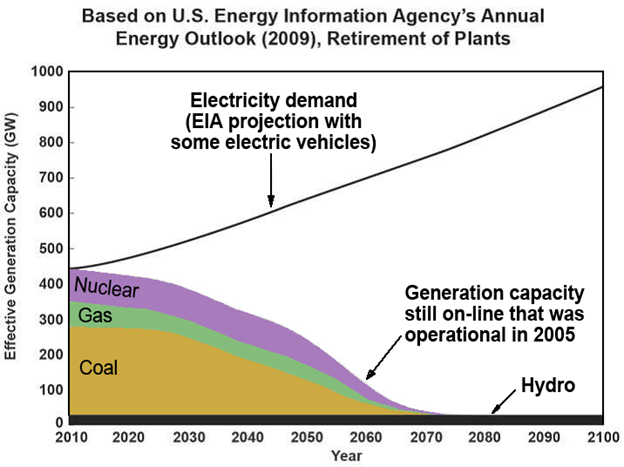First offshore round stalled by doubts
CHINA: China’s first four offshore concession projects, totalling 1GW in Jiangsu province, have been put on hold because of location changes and the dwindling prospects of profitability.
In a country with plans to develop 5GW offshore by 2015 and 30GW by 2020, this puts at risk the technology and management experience expected to aid future large-scale offshore wind deployment.
The projects – two 300MW offshore wind farms in Binhai and Sheyang and two 200MW inter-tidal projects in Dongtai and Dafeng – were awarded in September 2010 following a request for tenders by the government’s National Energy Bureau (NEB). But almost two years on, the projects still exist in name only, said Li Junfeng, deputy director of the Energy Research Institute of the National Development and Reform Commission.
Location changes
A lack of co-ordination between NEB and the State Oceanic Administration (SOA) has forced tender winners to change the sites of the concession projects. Developer Shandong Luneng was told by SOA to move its 200MW Dongtai inter-tidal project ten kilometres further into the sea because the site assigned by NEB is a nature reserve. China Power Investment’s 300MW project site off Sheyang conflicts with navigation channels, and similar problems have occurred with the other two projects. Developers will have to repeat all the project approval formalities on the different sites.
Shi Pengfei, vice-president of the China Wind Energy Association, said SOA expects offshore wind farms to be built further away from the coast than the previous four sites. But developers fear that deeper sea areas will mean increased costs and risks on projects that have been won on low feed-in tariffs.
They are hoping for an increase in feed-in tariffs, currently set at CNY 0.62-0.73 ($ 0.098-0.116) per kilowatt hour. Developers offered these prices, close to the benchmark tariffs of onshore power, to win the projects, despite far higher development costs.
“According to the (NEB) rules, the winner is the company closest to 10% lower than the average price offered by all participants,” said Zhang Fangyu, general manager of the Zhejiang branch of Datang Renewables. “Our feasibility reports proposed CNY 1.2-1.3/kWh feed-in tariffs, and we could make profit at about CNY 1.0/kWh,” she said. But to win, they bid lower. Datang won the Binhai 300MW offshore project at CNY 0.737/kWh. “We will not make a profit,” she said. “It makes no difference to jump off a building from the 28th or the 21st floor. So, to win the tender, we jumped off the 28th.”
Still interested
Developers have not given up hope of continuing with these first four concession projects, said industry insiders. Having invested heavily in early-stage development, such as wind resource measurement, they risk losing a lot of money. Turbine orders were at an early stage, and manufacturers have commented that they are willing to reconsider the contracts with bigger turbines if necessary.
But industry experts believe the projects will not be developed in the foreseeable future, leaving China’s public tender offers on hold for the 1.5-2GW second round of offshore concession projects.
Further offshore demonstration projects, developed by local governments, are still set to continue, with the northern region of Hebei recently announcing a total of 5.6GW of such projects planned by 2015.

